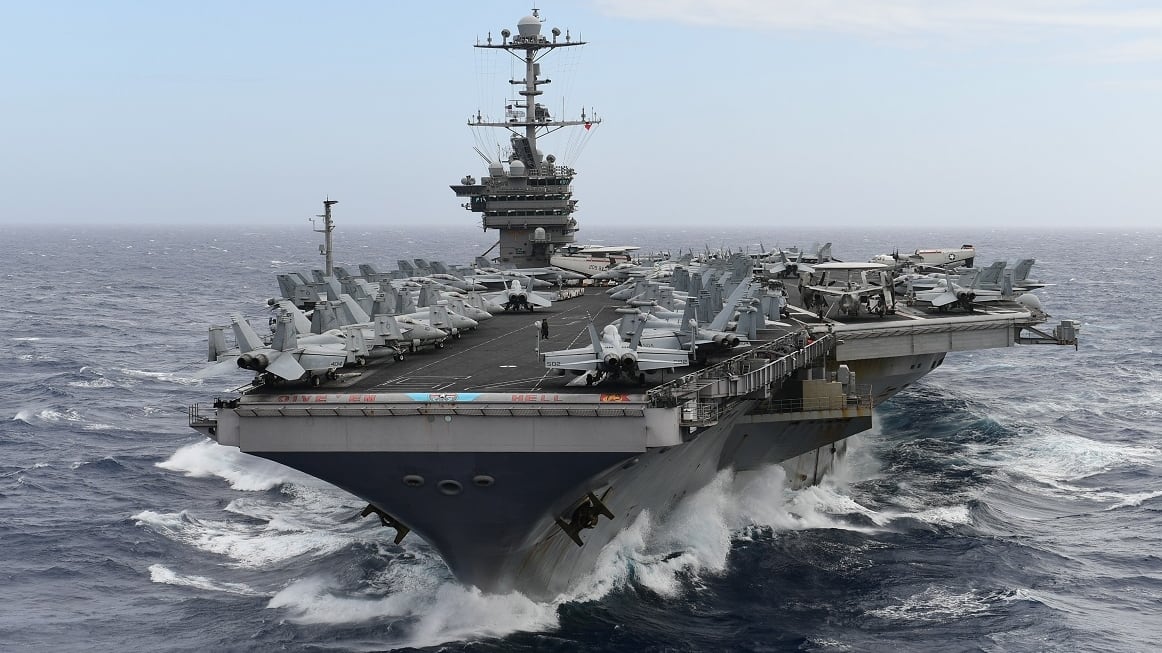WASHINGTON — Budget shortfalls created in part by greater-than-expected demands on maritime patrol aircraft are forcing the Navy to cut flight hours for several squadrons on the East Coast, according to a naval aviation official.
The shortfall, approximately $100 million, will hit helicopter pilots the hardest, with maritime strike squadrons and sea combat expeditionary units that support cruiser and destroyers deployments taking a 25 percent cut, the official said, speaking on condition of anonymity.
Maritime patrol squadrons, test pilots and fleet air support units will all see a 10 percent cut.
Heavy operational demands placed on P-8 maritime patrol aircraft account for the shortfall and will need to be accounted for going forward, the official said.
Flyovers will also be curtailed, although previously scheduled events will go on as planned, the official said.
The $100 million shortfall was first reported by USNI News.
RELATED

The cuts to flight hours for the affected squadrons recall the days of budget caps and sequestration that have been in the rearview mirror since President Donald Trump took office and since defense budgets began increasing. But with the U.S. military focused on great power competition, the Navy appears to be running into more issues as it strives to meet extra demands.
The aircraft carrier Harry S. Truman is deploying for a third time in four years, with the latest deployment coming in the same Optimized Fleet Response Plan cycle, which Defense News sister publication Navy Times reported was about “stretching the limits” of the O-FRP scheme.
Truman recently returned from a two-part, eight-month deployment, during which it operated in the Mediterranean Sea. It came back to Norfolk, Virginia, for maintenance, then went back out again, an overture toward more unpredictable deployment patterns championed by former Defense Secretary Jim Mattis.
David B. Larter was the naval warfare reporter for Defense News.








